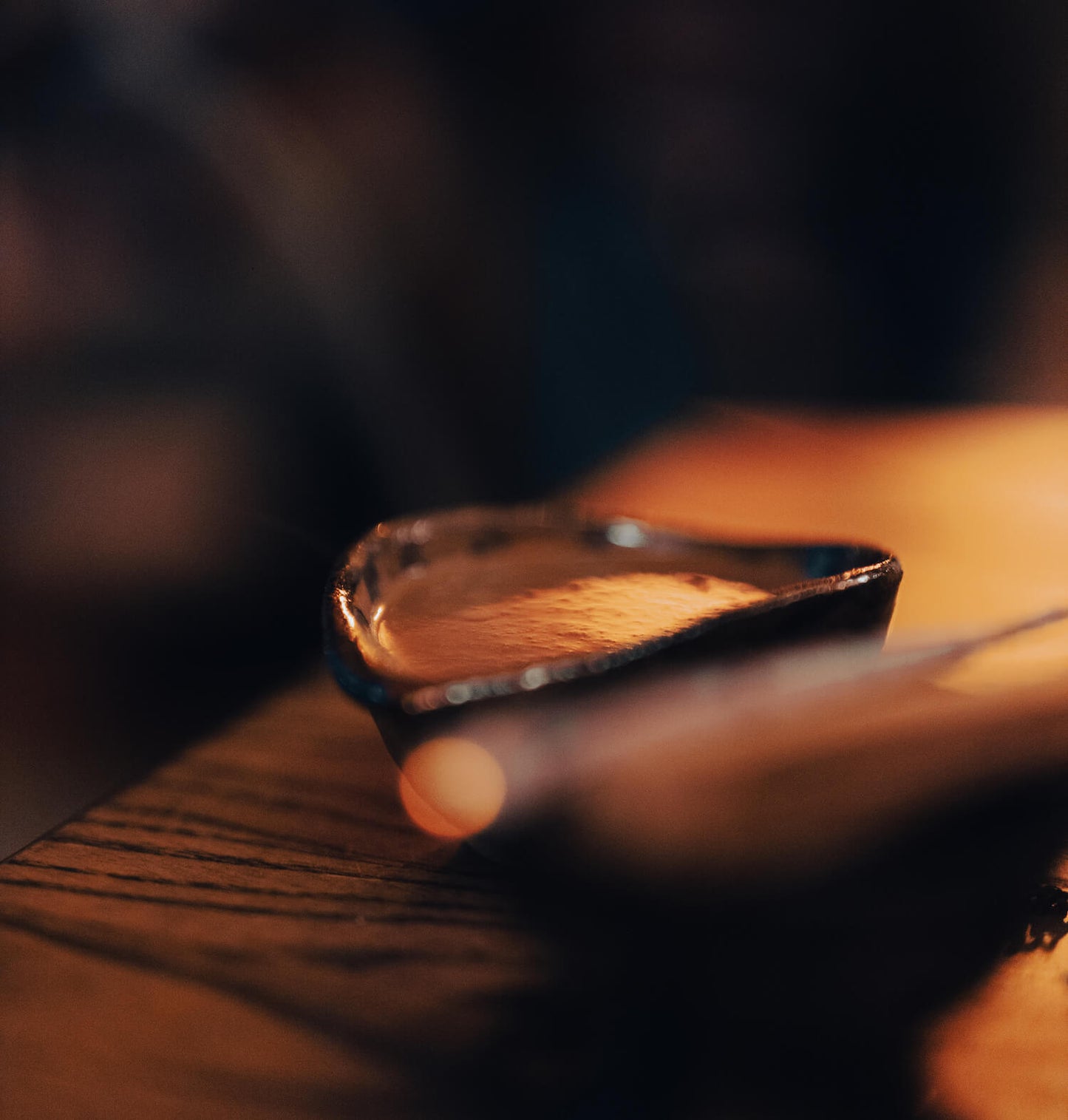
Cacao ceremonies are growing in popularity across the globe. What seemed like such a foreign experience for many of us ten years ago is now a journey loved by many who are looking to deepen their relationship with the sacred and celebrate life. You can now find a Cacao ceremony in almost every major city, often with many other modalities incorporated into the flow. If this is your first time reading about Cacao ceremonies or ceremonial Cacao, you may be wondering what the ceremony is all about. Although there are many ways to share Cacao in ceremony, here we will explore what to expect from a ceremony that is facilitated by an experienced Cacao guide with integrity and respect.
Ceremonies and rituals range in their diverse expression. At the core of each is a space for genuine human connection and a dissolving of the barriers that separate us from ourselves and the world around us. This allows us to go deeper within, evolving our own connection to the self and our surroundings, and encouraging us to share more authentically with others in a celebration of what it is to be human. Ceremony is a time to express our gratitude, to offer ourselves to something bigger. It's a time to reset, to ask questions, and to listen for answers.
The Flow of Cacao Ceremonies (from my personal experience)
As you walk into the ceremony you will be cleansed with copal, palo santo, or any other resin to come into the space with a clean and harmonized energy. For those of us who live in cities, we are often overstimulated and deprived of energy, which makes it difficult to stay present. This is one of the important pieces of why we take the time to cleanse ourselves with smoke before accessing the space, to harmonize our energy as we walk into the sacred container.
Oftentimes, there will be either drumming or music to relax the nervous system and allow you to drop into the present moment.
Once the Cacao is passed around, there is an invocation—a form of saying thank you to the energies that sustain us. My invocations are very much connected to the four elements, as I feel these are the traditional ways we have understood the energy of the world. These four elements give us life: fire, water, earth, and air. After the invocation, we sit or share our intention.
The Cacao takes about 20 minutes to activate after ingestion. I personally love sharing knowledge about Cacao (its history and physical benefits), the relationship the Maya have with it, and a bit about the Mayan Cosmovision, since they have been known to be the guardians of this sacred plant. Other facilitators may have their own way to let us connect with the essence of Cacao. Some may invite in dance, some silence, some may play more music. However the facilitator decides to guide the journey, it is important for them to show respect for the plant and the ancestors who came before.
The ceremony is always closed with a meditation. Some may incorporate silence into the meditation, some may do a sound journey to integrate the experience (as I often do). In a traditional Mayan ceremony with Cacao, you would connect with the fire while you drink your Cacao. After the meditation is done, there is a closing of the container, meaning we say thank you once again to the energies that support us. Every door we open, we must also close.
It’s important to give the plant the opportunity to communicate with us and not mix the Cacao with different intoxicant substances like alcohol. In the same way, it is also important to not mix intense music or other overstimulating modalities with Cacao. We should stay calm and open to the energies, not distracted or inebriated in any way.

The Ceremonial Experience
Across many indigenous groups, the Maya are one of the main nations known to have been the guardians of Cacao through the generations. This is likely due to their deep connection to this plant as medicine. In the indigenous ways, medicine is classified as anything that brings alignment of mind, body, and spirit. The Maya commune with Cacao in earnest, believing the medicine is a chance to eliminate emotional blockages so that they may communicate with the creator and former of life, not just talk about the creator. Cacao Ceremonies are a spiritual practice that reminds us to not only open the field of communication through invocation and offerings but also to curate practices to listen.
No matter the format for a particular Cacao ceremony, these basic elements should exist:
- Blessing, invocation. Opening to a sacred space.
- Connection to the heart, the elements, and the energies that sustain us.
- Offering songs, prayers, words of purpose, meditation, connection to the breath
- Observance of the physical and energetic body, observance of the messages moving through the circle. Listening is key to a fruitful ceremonial experience!
When we share Cacao, we must understand that it is a hallowed plant that has great meaning to cultures who have fought for and remained connected to their practices for thousands of years. When we invite others to experience a ceremony, we must honor that which makes it ceremonial. When we take on the role as a facilitator and offer to hold space, we must create an environment that yokes the requirements of the practice with the needs of the participants. Remember, the quality of the Cacao, the setting, and the facilitators are crucial in the preparation for the container so that the divinity of this sacred food can be fully expressed. If you feel uncomfortable with any of these elements, please listen to your intuition and seek a different space.
